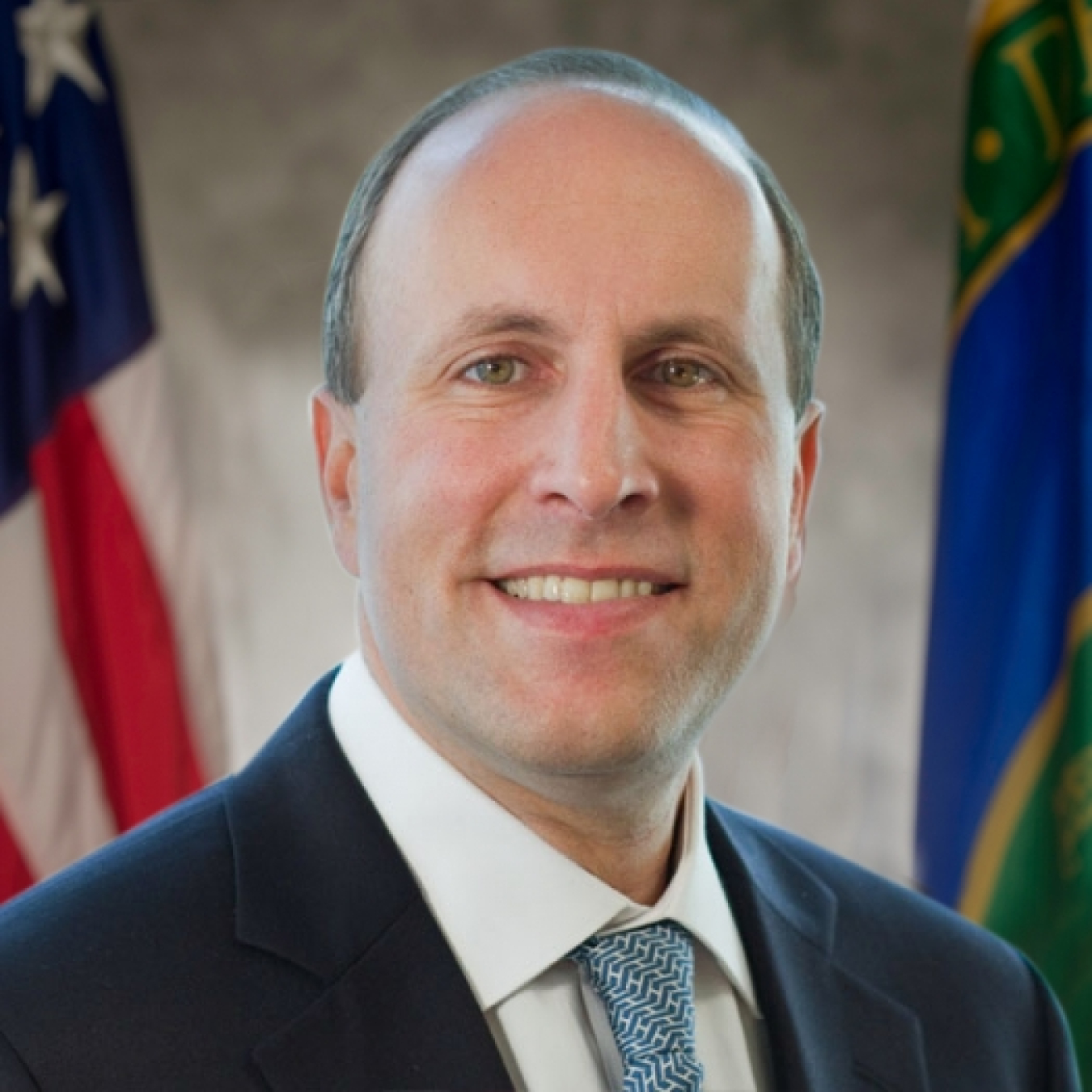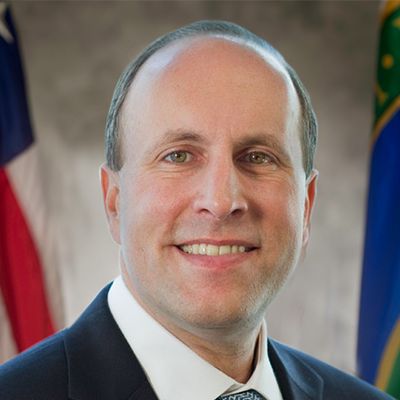Working with our interagency partners, the Energy Department is striving to advance quantum computing, next frontier in the Information Age.
November 8, 2018Argonne National Laboratory, Fermilab, and the University of Chicago are building a 30-mile quantum network to "teleport" information.
Moore’s law is bringing us to the physical limits of conventional computing. Thankfully, the DOE National Labs and world-class researchers specialize in breaking boundaries and opening possibilities.
Like in quantum computing, the next frontier in the Information Age.
Working with our interagency partners, the Department of Energy (DOE) is striving to advance that frontier.
Many of these partners will assemble this week at the Quantum Summit at the University of Chicago. The event is hosted by the Chicago Quantum Exchange, and includes representatives from DOE – including Argonne and Fermilab, its two premiere Chicagoland National Labs – the Department of Defense, the U.S. National Institutes of Standards and Technology, and technology leaders including IBM, Microsoft and Alphabet.
The Summit will cover a range of topics, including research collaborations, workforce development, and investments in quantum science and technology.
In September, the Department announced $218 million in funding for 85 research awards in Quantum Information Science (QIS). Scientists at 28 institutions of higher learning and nine DOE National Laboratories will tackle developing hardware and software for a new generation of quantum computers, synthesizing and characterizing new materials with special quantum properties and probing the ways in which quantum computing and information processing can provide insights into dark matter and black holes.
The White House held a summit on quantum science in September with government and research and industry leaders. The House of Representatives also unanimously passed a National Quantum Initiative, which if enacted, would provide $1.275 billion for quantum research over the next decade.
Argonne and Fermilab are both deeply engaged in the Chicago Quantum Exchange, along with the University of Chicago and the University of Illinois at Urbana-Champaign. A number of projects are underway, including a DOE-supported effort to develop a quantum network between Argonne and Fermilab.
That network will “teleport” information across the 30-mile distance between the two labs, and is expected to be among the longest in the world to send secure information using quantum physics. It offers a completely new way to send information and will a testbed for developing the science and technology for new quantum possibilities.
QIS offers a way around – and over and perhaps even through – those barriers since they use the distinct behaviors of quantum systems to run calculations and solve problems in distinct and potentially swifter ways than conventional, classical computers.
As such, it offers a world of applications in areas ranging from advanced drug development to materials design at the atomic level to calculations of molecular catalysis to advances in basic physics.
QIS offers all that more. It is the unknown that defines our existence. We are constantly searching. Not just for answers to our questions, but also to discover new questions.
As the nation’s leader in supercomputing, the Department of Energy is pleased to be leading the way to opening the quantum frontier, and it worlds of possibility.
Paul M. Dabbar

The Honorable Paul M. Dabbar served as the Department’s fourth Under Secretary for Science, He served as the Department’s principal advisor on fundamental energy research, energy technologies, and science, driving this mission through programs including nuclear and high energy particle physics, basic energy, advanced computing, fusion, and biological and environmental research, and direct management over a majority of the Department’s national labs and their world-leading user facilities. In addition, Mr. Dabbar managed the environmental and legacy management missions of the Department, addressing the U.S. legacy of nuclear weapons production and government-sponsored nuclear energy research. In addition, Mr. Dabbar is the lead for technology commercialization activities for the Department and its 17 national labs.
During his time in government service, Mr. Dabbar has traveled to both the North and South Poles. He traveled to the North Pole by submarine to conduct environmental research while in the Navy, and to the South Pole in support of high energy physics astronomy missions by the Department at South Pole Station.
Prior to confirmation as Under Secretary for Science, Mr. Dabbar worked in operations, finance, and strategy roles in the energy sector. As a Managing Director at J.P. Morgan, leading various energy business areas, he has over $400 billion in investment experience across all energy sectors including solar, wind, geothermal, distributed-generation, utility, LNG, pipeline, oil & gas, trading, and energy technologies, and has also led the majority of all nuclear transactions. In addition, he had a senior leadership role for the company’s commodity trading business, including power, oil and gas.
Before joining J.P. Morgan, Mr. Dabbar served as a nuclear submarine officer in Mare Island, California, and Pearl Harbor, Hawaii. He also served on the Department of Energy Environmental Management Advisory Board. He has been a lecturer at the U.S. Naval Academy, and conducted research at the Johns Hopkins University Applied Physics Laboratory. He is also a member of the Council on Foreign Relations.
Mr. Dabbar received a B.S. degree from the U.S. Naval Academy, and a masters degree from Columbia University. Mr. Dabbar and his wife, Andrea, are the parents of two children.


